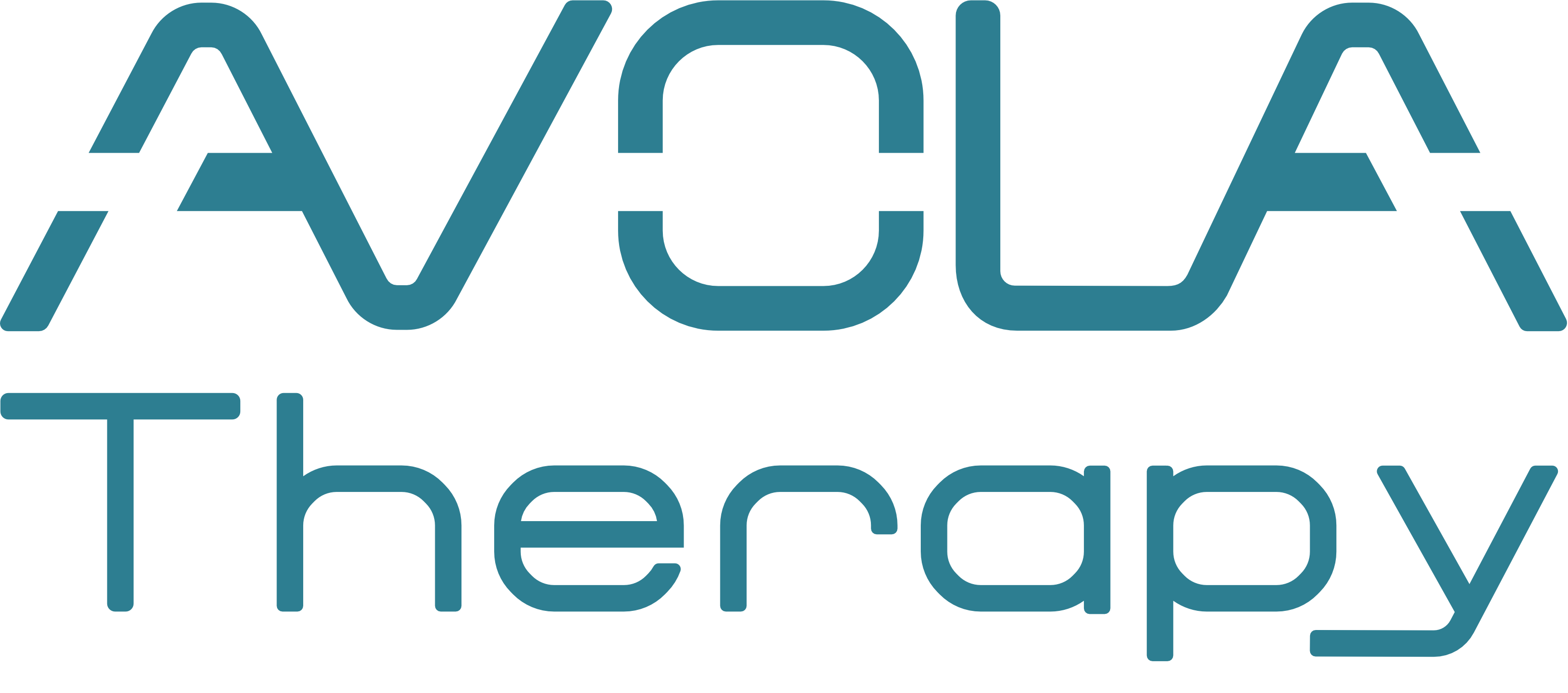What Are ADLs? Understanding Daily Life Tasks—and How Occupational Therapy Can Help
Have you ever thought about how many tasks you do each morning before leaving the house? Getting out of bed, brushing your teeth, getting dressed, making coffee—these everyday activities are so routine, we often don’t even notice them. But for many people, these simple actions are anything but easy. In the world of healthcare and rehabilitation, these tasks are known as Activities of Daily Living, or ADLs—and they’re central to how we live, care, and thrive.
What Exactly Are ADLs?
ADLs are the essential self-care activities we all need to do to function day to day. They’re often grouped into two categories:
- Basic Activities of Daily Living (BADLs): These include personal hygiene (bathing, grooming), dressing, eating, toileting, and moving around (mobility and transfers).
- Instrumental Activities of Daily Living (IADLs): These are more complex tasks that support independent living, like preparing meals, managing medications, handling finances, doing laundry, and shopping.
Together, ADLs define whether someone can live independently or requires assistance—and they’re often used by doctors and therapists to assess overall health and function.
Why ADLs Matter
ADLs aren’t just tasks; they’re tied to independence, dignity, and quality of life. When someone begins to struggle with ADLs, it can lead to safety risks, social isolation, and emotional distress. Losing the ability to manage daily tasks can make the difference between staying at home or moving into assisted care.
Maintaining ADLs is especially important for older adults, those with chronic conditions, and people recovering from illness or injury.
Who Struggles with ADLs?
Many people may need help with ADLs at some point, including:
- Seniors experiencing age-related decline
- Individuals recovering from surgery, stroke, or injury
- People with disabilities, chronic illnesses, or neurological conditions
- Children with developmental delays
- Adults with cognitive decline, including dementia
The good news is, help is available—and effective.
How Occupational Therapy Helps
Occupational Therapists (OTs) are experts in helping people regain or adapt their ability to perform ADLs. OT takes a person-centered approach, working closely with clients to:
- Assess strengths and limitations in daily life tasks
- Develop customized plans for improving or adapting ADL performance
- Retrain skills such as safe bathing, dressing with limited mobility, or managing medications
- Recommend assistive tools, like reachers, grab bars, or one-handed dressing aids
- Modify home environments to reduce barriers and increase safety
- Train caregivers in supporting ADLs without fostering dependency
OT doesn’t just focus on movement—it focuses on function, ensuring that people can do the things that make life meaningful and manageable.
More Than Just Tasks—It’s About Living
Occupational Therapy goes beyond physical recovery. It restores confidence, daily routines, and a sense of purpose. Whether it’s helping a stroke survivor learn to cook again, or teaching a child with autism how to brush their teeth, OT empowers individuals to engage in life on their own terms.
Final Thoughts
ADLs are more than checkboxes—they’re the building blocks of daily life. If you or someone you care about is having trouble with everyday tasks, know that you don’t have to struggle alone. With Occupational Therapy, independence isn’t just possible—it’s achievable. And with the right support, even the smallest tasks can become big wins.

